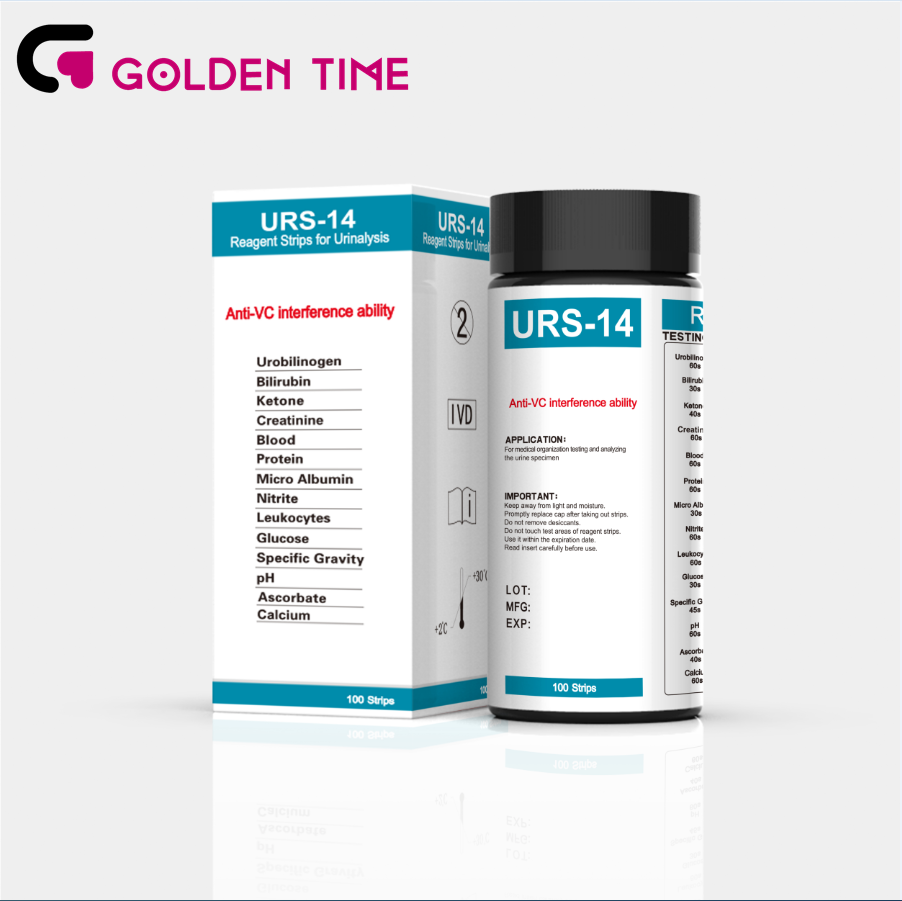Oct . 03, 2024 22:24 Back to list
swab test for flu
Understanding Swab Tests for Influenza A Comprehensive Overview
Influenza, commonly known as the flu, is a contagious respiratory illness caused by influenza viruses. Every year, millions of people are affected, resulting in significant morbidity and mortality rates globally. To effectively manage this public health concern, accurate and timely diagnosis is crucial. One of the most widely utilized methods for diagnosing influenza is the swab test, which plays a pivotal role in identifying the virus and guiding treatment decisions.
Understanding Swab Tests for Influenza A Comprehensive Overview
The samples obtained from these swabs are then tested using various diagnostic methods, the most common being rapid antigen tests, RT-PCR (reverse transcription polymerase chain reaction), and viral culture. Rapid antigen tests provide results in a short time frame—often within 15 to 30 minutes—making them useful for quick decision-making in clinical settings. However, they may be less sensitive than other methods, leading to false-negative results. On the other hand, RT-PCR is the gold standard for influenza diagnosis due to its high sensitivity and specificity, allowing for the confirmation of the virus's genetic material even when viral loads are low. Viral culture, although less frequently used due to its time-consuming nature, remains valuable for research and surveillance purposes.
swab test for flu

Swift and accurate diagnosis of influenza through swab testing facilitates timely intervention, enabling healthcare providers to initiate antiviral treatments that can significantly alleviate symptoms and reduce the duration of the illness. Additionally, these tests help in surveillance efforts, allowing public health officials to monitor and respond to seasonal flu outbreaks effectively.
Moreover, it is essential to understand that swab tests for influenza have their limitations. For instance, the timing of the test is crucial; specimens should be collected within the first few days of illness when viral shedding is at its peak. Tests performed later may yield negative results despite the presence of the virus. Furthermore, the accuracy of rapid antigen tests can be influenced by the strain of the influenza virus and the clinical presentation of the patient.
In conclusion, swab tests for influenza are an essential tool in diagnosing and managing this widespread respiratory illness. They provide critical insights that inform treatment strategies and public health interventions. As influenza continues to pose a significant threat to public health, ongoing research and technological advances in diagnostic testing are vital to enhance the accuracy and accessibility of influenza diagnosis, ultimately improving patient outcomes and reducing the overall impact of the virus on communities worldwide.
-
Malaria Pf Ag Rapid Test Kit - Quick & Accurate Detection
NewsAug.11,2025
-
Accurate Cardiac Marker CK-MB Rapid Test for Quick Results
NewsAug.10,2025
-
Premium Empty ABS Plastic Cassette for Test Strips
NewsAug.09,2025
-
Sterile Urine Cup: Accurate Specimen Collection for Labs & Home
NewsAug.08,2025
-
Malaria Pf/Pan Ag Rapid Test Kit for Fast, Accurate Diagnosis
NewsAug.07,2025
-
Rapid Canine Corona Test: Fast & Accurate Results
NewsAug.06,2025

